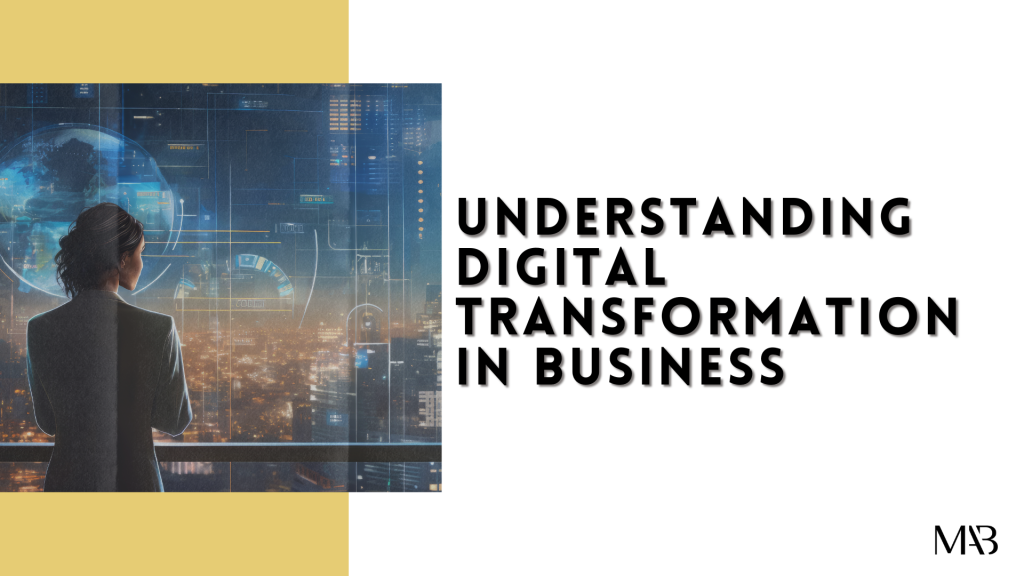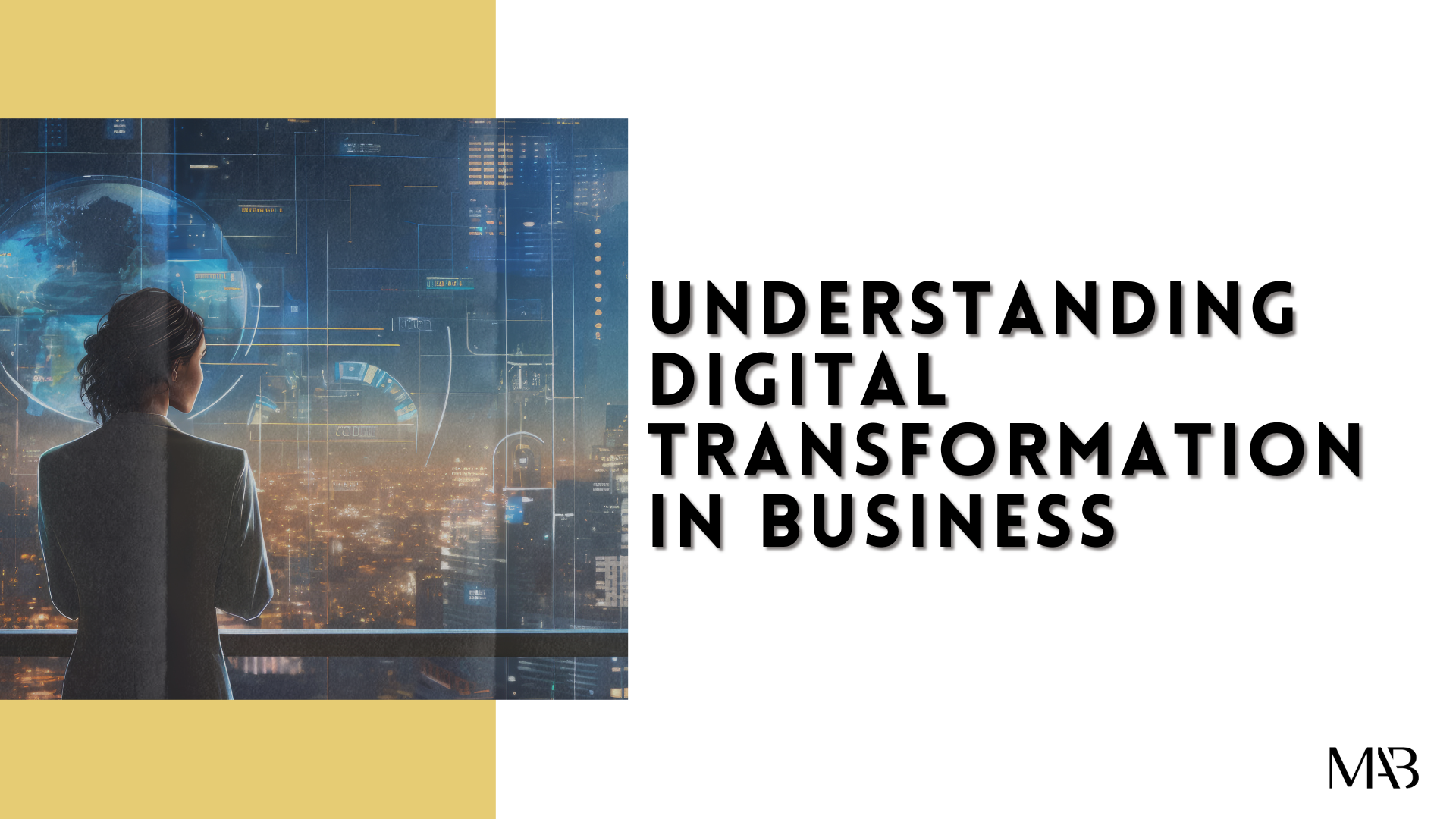
Introduction:
In the fast-paced and ever-evolving landscape of the business world, the term “Digital Transformation” has become a buzzword. But what does it really mean, and how is it reshaping the way businesses operate? In this blog post, we will explore the intricacies of digital transformation, its impact on various industries, and why it’s crucial for businesses to embrace this revolution.
What is Digital Transformation?
Defining Digital Transformation:
Digital transformation involves leveraging digital technologies to streamline and enhance business processes, improve customer experiences, and drive innovation. It goes beyond adopting new tools; it’s a holistic shift in the way organizations operate and deliver value.
Key Components:
Data-driven Decision Making: Utilizing data analytics to make informed business decisions.
Automation and Artificial Intelligence: Implementing technologies to automate repetitive tasks and enhance efficiency.
Cloud Computing: Moving to cloud-based solutions for increased scalability, accessibility, and collaboration.
Customer-Centric Approach: Focusing on providing seamless experiences to meet evolving customer expectations.
The Impact on Industries:
1. Manufacturing:
Digital transformation is revolutionizing manufacturing through the adoption of smart technologies like IoT (Internet of Things) and predictive analytics. This results in improved production processes, reduced downtime, and better resource utilization.
2. Healthcare:
In the healthcare sector, digital transformation is enhancing patient care through telemedicine, electronic health records (EHR), and remote monitoring. This leads to more efficient healthcare delivery and improved patient outcomes.
3. Finance:
Banks and financial institutions are leveraging digital transformation to enhance security, improve customer experiences, and streamline financial processes. Blockchain and fintech innovations are reshaping the industry.
4. Retail:
E-commerce, personalized shopping experiences, and advanced supply chain management are key elements of digital transformation in the retail sector. Companies are adapting to changing consumer behaviors and preferences.
Why Embrace Digital Transformation?
1. Increased Efficiency:
By automating routine tasks and utilizing data analytics, businesses can significantly improve operational efficiency, allowing employees to focus on more strategic and value-driven activities.
2. Enhanced Customer Experience:
Digital transformation enables businesses to offer personalized and seamless customer experiences, fostering customer loyalty and satisfaction.
3. Competitive Advantage:
In a digital era, organizations that embrace transformation gain a competitive edge by staying agile, innovative, and responsive to market changes.
4. Adaptation to Market Trends:
Digital transformation allows businesses to adapt quickly to evolving market trends, ensuring they remain relevant and resilient in the face of industry shifts.
Overcoming Challenges:
1. Cultural Shift:
A successful digital transformation requires a cultural shift, with employees embracing change and actively participating in the transformation journey.
2. Cybersecurity Concerns:
As businesses adopt new technologies, cybersecurity becomes a critical concern. Implementing robust security measures is essential to protect sensitive data.
Conclusion:
In conclusion, understanding digital transformation is not merely about adopting the latest technologies; it’s about embracing a cultural shift and leveraging technology to drive innovation and efficiency. Businesses that embark on this journey position themselves for long-term success in an increasingly digital world. Embrace the future, navigate the challenges, and stay ahead in the era of digital transformation.


No responses yet